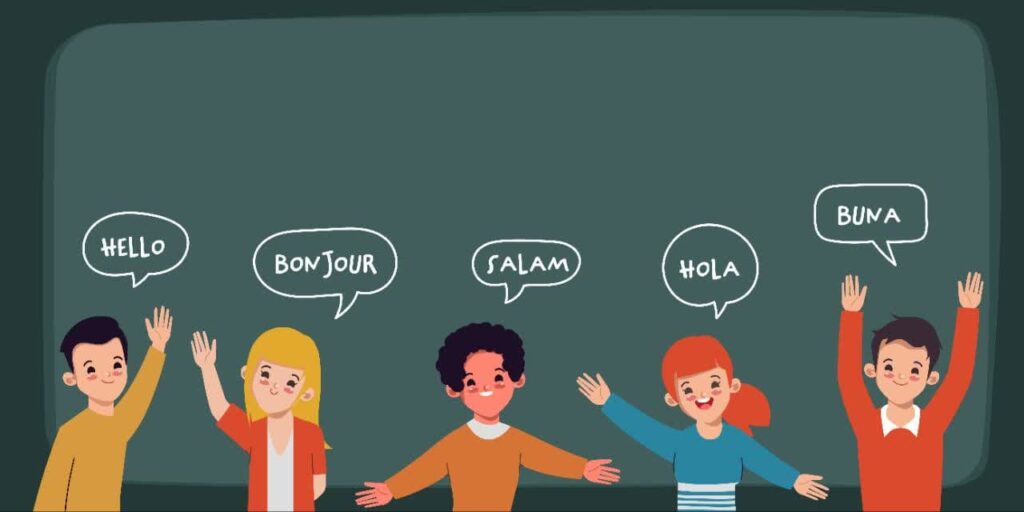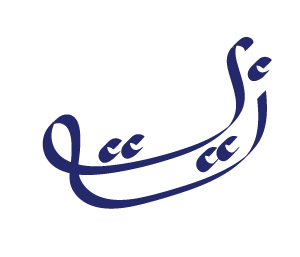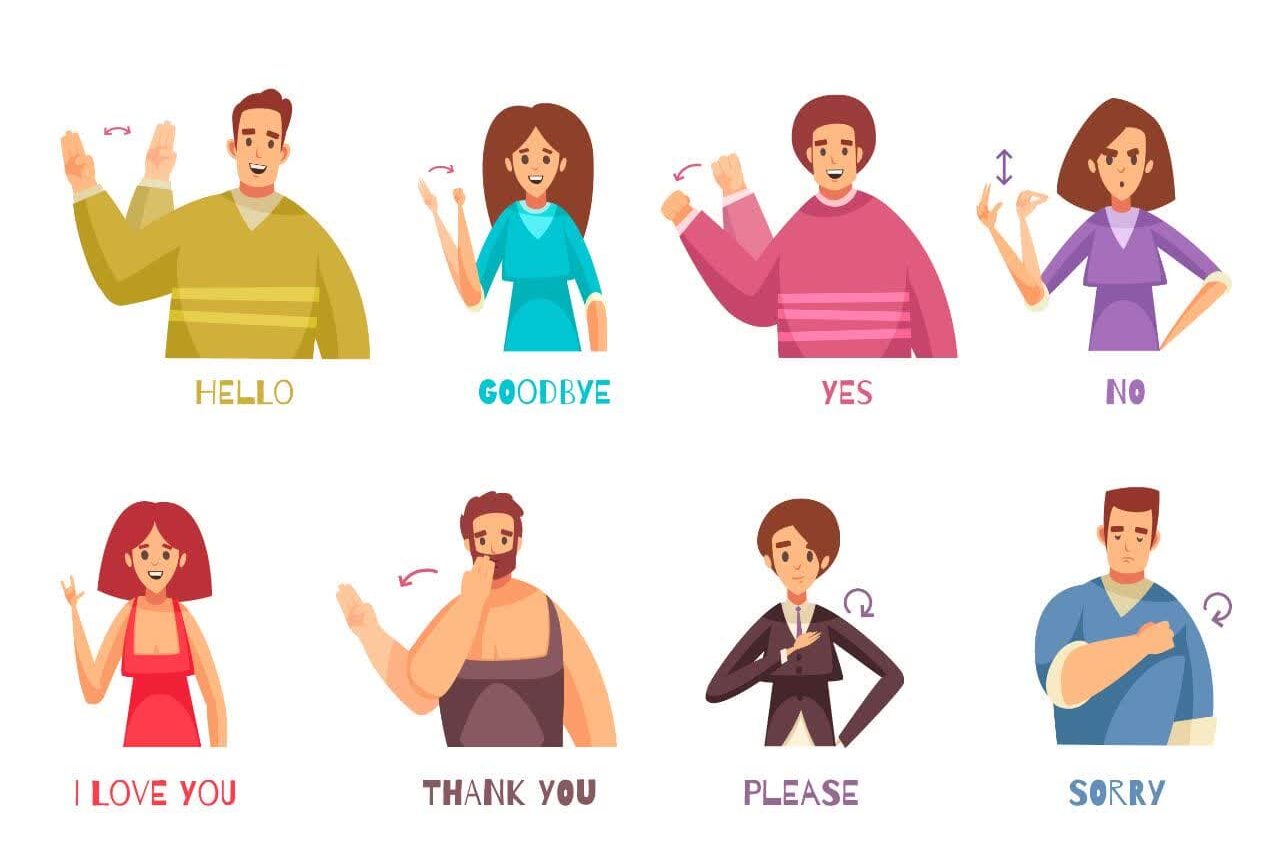Language is one of the defining characteristics of humanity, acting as both a communication tool and a vehicle for expressing our deepest thoughts and emotions. Its evolution reflects historical, cultural, and societal changes, showcasing how communities adapt to their environments and interact with one another. From spoken and written languages to sign languages and the increasingly prevalent use of figurative expressions, we can trace the intricate web of human connections and transformations throughout history.
Table of Contents
Historical Development of Spoken Languages
To understand the evolution of language, we must first acknowledge that it hasn’t always been static or universal. Over centuries, languages have emerged, transformed, and faded away, often in line with geographical, political, and social changes. The rise of the Indo-European language family is an exemplary case, encompassing numerous languages spoken across Europe and Asia today, including English, Spanish, Hindi, and Russian. This evolution can be attributed to migrations, trade, wars, and cultural exchanges among diverse human groups.
Languages have also developed unique dialects and variations reflective of local cultures, affording communities the capacity to assert their identities. The emergence of Esperanto, a constructed International Auxiliary Language, demonstrates a modern response to globalization and a desire for unity in the face of linguistic diversity. Over the years, languages have incorporated words and phrases from one another, resulting in phenomena such as pidgins and creoles—hybrid languages born from necessity. In these contexts, language serves as both a functional means of communication and a symbol of multicultural the back and forth of history.
The Birth of Sign Languages
While spoken languages may dominate our understanding of human communication, sign languages tell an equally significant story. Variants of sign languages have likely existed since the dawn of human society as a means for the deaf community to communicate among themselves. For instance, American Sign Language (ASL) has its roots in both French sign language and regional gestures.
Not only have sign languages become formalized systems with complete grammars, but they also exemplify the adaptability of communication methods when faced with the challenge of expressing thoughts visually. The recognition of sign languages as legitimate languages in many countries marks a broader societal acknowledgment of the deaf and hard-of-hearing community. This evolution prompts a reflection on the significance of inclusivity and recognition within societies that have often marginalized these groups. As more communities recognize the importance of sign language advocacy and education, societies move towards broader acceptance and the dismantling of prejudicial stereotypes.
Figurative Expressions as Cultural Mirrors
The use of figurative expressions—from idioms and metaphors to symbolism—highlights the richness and creativity inherent in human language. Figurative language serves multiple functions: it conveys abstract concepts more intuitively, heightens emotional expression, and facilitates the sharing of cultural narratives. For example, phrases like “kicking the bucket” and “the ball is in your court” resonate with cultural meanings that reflect our shared experiences and values.
Throughout history, the evolution of figurative language showcases how societies react to their environments, challenges, and progressions. In times of societal strife, metaphoric expressions might emerge to elucidate discomfort while fostering resilience. Shakespeare’s use of figurative language in his plays marks an age when English literature experienced a flowering of creativity, mirroring the tensions and transformations of the Renaissance period. Symbols such as eagles and olive branches evolve their significance in different societies, capturing how cultural values shift and reshuffle through history.
Language as a Reflection of Societal Values
On a broader level, examining the evolution of different languages provides insights into societal values, priorities, and norms over time. For example, the Inuit vocabulary for snow is expansive, with numerous terms differentiating nuances based on types and conditions, mirroring the deep understanding of their environment. Across cultures, the multitude of terms dedicated to particular aspects highlights communal needs and collective consciousness.
Keywords that become commonplace in a society can also signify broader cultural shifts. The rise of technology, for instance, has introduced countless neologisms—many of which capture the imaginative relationship humans have with their machines. Terminology like “glamping” (glamorous camping) or “hashtag” reveal cultural attitudes toward both leisure and the influence of social media in daily life.

The Future of Language Evolution
As we look to the future, it is clear that language will continue to evolve in response to technological advancements, globalization, and changing societal landscapes. Language is now more than mere spoken or signed forms; it encompasses digital communication such as emojis and GIFS, reshaping human interaction and expression. The rise of artificial intelligence and language processing technologies will also challenge our boundaries of language and communication, potentially changing the way we connect.
Moreover, as we become an increasingly interlinked globe, the motivations driving multilingualism and cross-cultural exchanges grow vital. Learning additional languages fosters empathy, understanding, and human connection—a mirror for a more interconnected world in which collaboration and inclusivity are not just ideals but necessities.
In essence, the evolution of language captures the essence of human society—capturing our triumphs, challenges, and continuous progress toward understanding one another. By investigating the history and nuances of language development, we can celebrating and acknowledging the rich tapestry that is our collective human experience. Through every word, gesture, or expression, we find endless potential for connection and growth.

